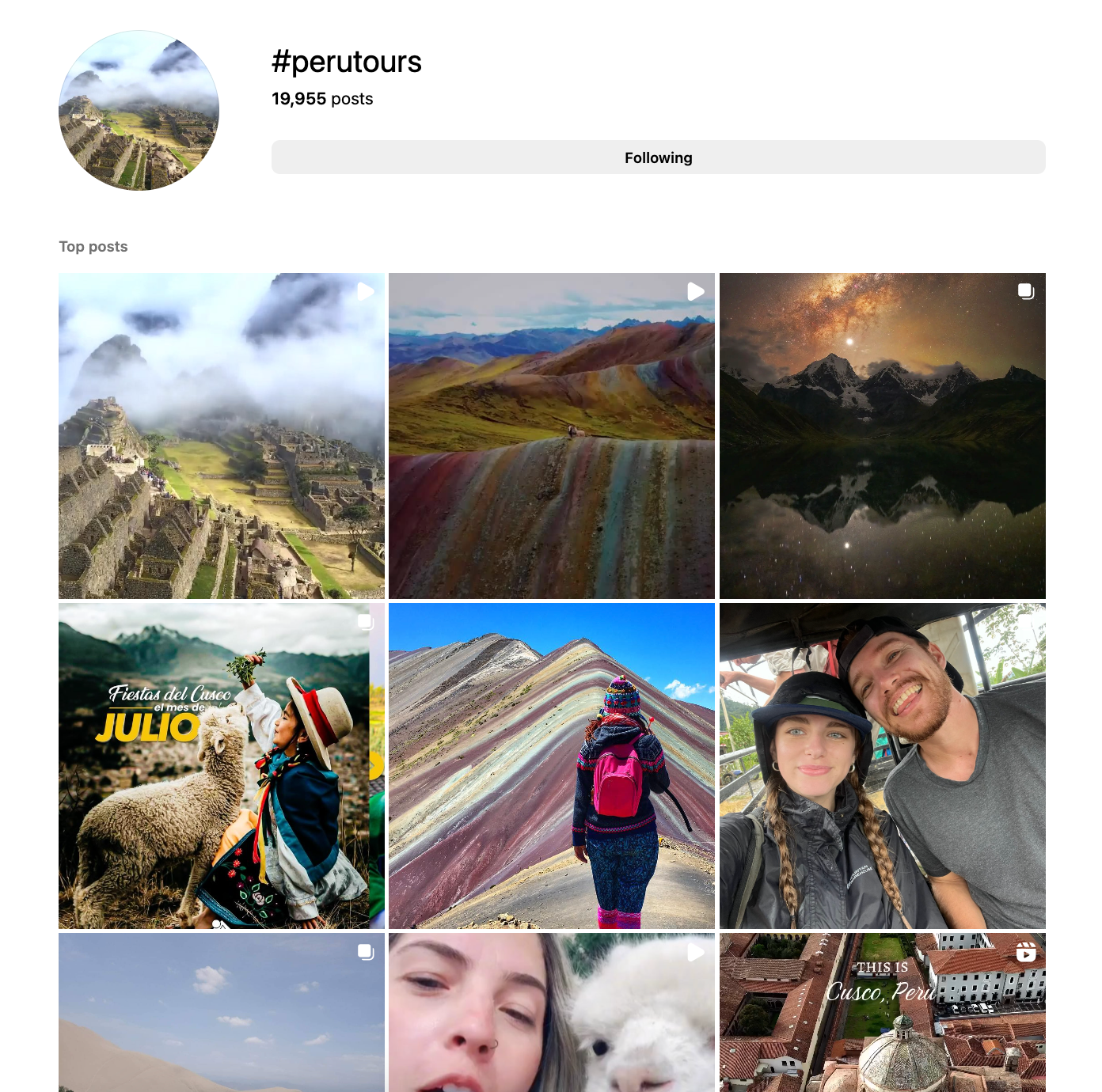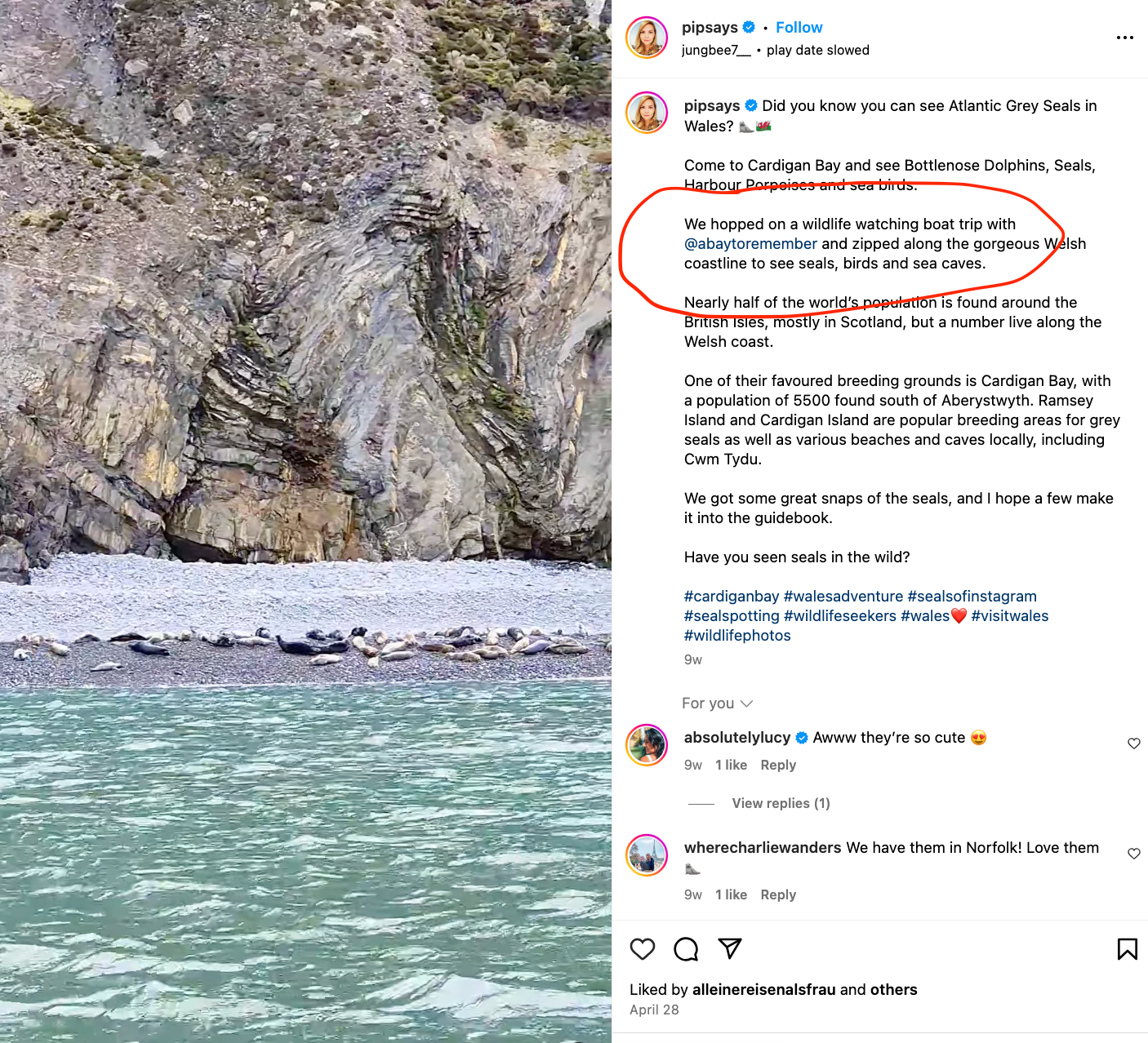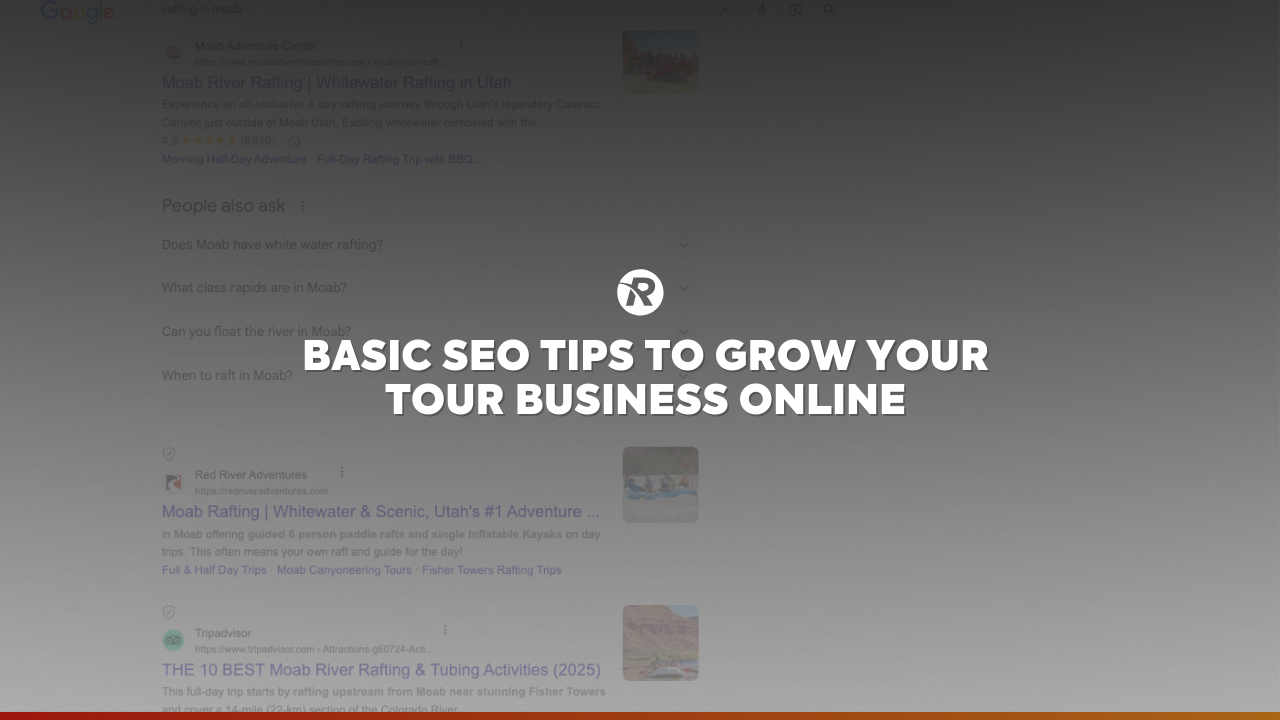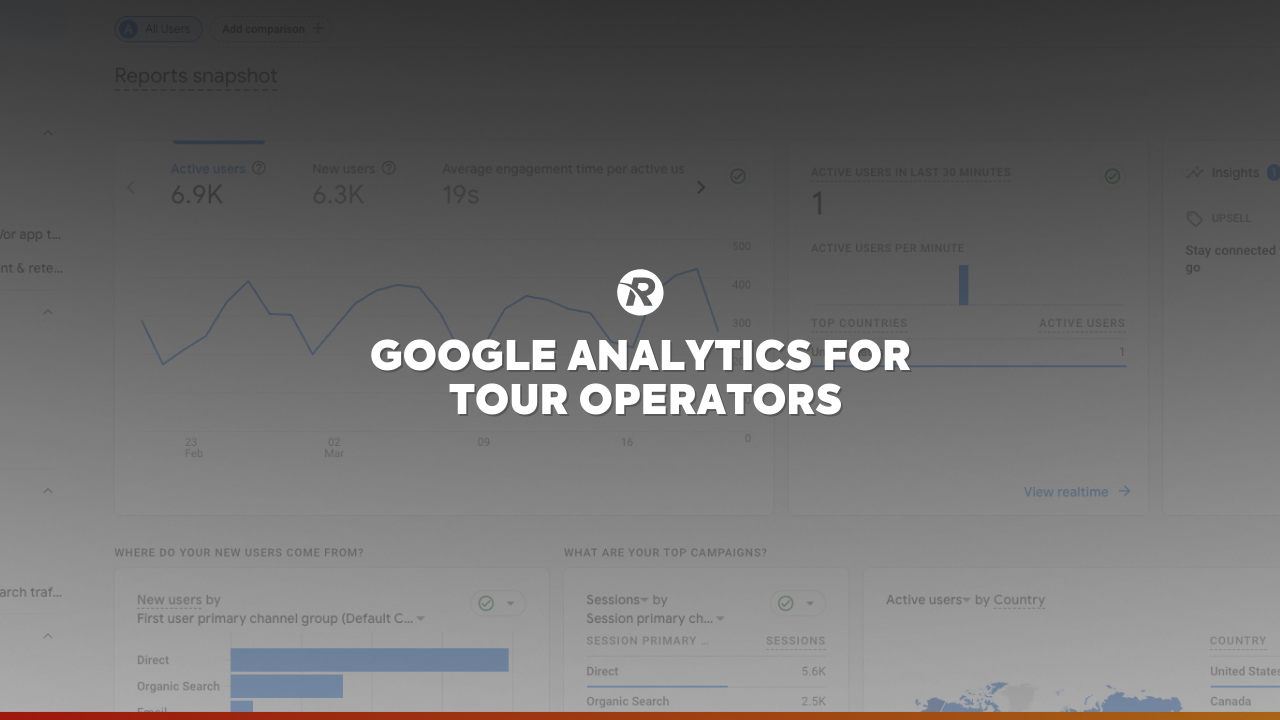Top 18 Tourism Marketing Strategies for 2024
Many tourism and travel companies we speak with often struggle to understand how various marketing strategies work. Whether it's understanding new trends in digital marketing or leveraging traditional offline methods, the landscape can be intimidating, especially as competition in the industry continues to grow.
Whether you're a seasoned professional or new to the tourism industry, this guide will equip you with the tools and insights needed to elevate your marketing efforts and achieve even greater success.

Difference Between Digital Marketing and Offline Marketing Methods
Before we dive into the 18 strategies, it’s important to understand the difference between digital and offline marketing methods. While digital marketing for tourism has significantly expanded in recent years, tour operators shouldn’t neglect offline methods. Ideally, a combination of both approaches will yield the best results.
Digital Marketing
Digital marketing leverages online platforms and tools to connect with potential customers. This includes strategies such as social media marketing, search engine optimization (SEO), and email campaigns. To keep it simple, digital marketing is essentially marketing that is done online.
Digital marketing excels in offering precise targeting, allowing businesses to reach specific demographics with tailored messages. Additionally, it provides real-time analytics, enabling businesses to monitor performance, adjust tactics quickly, and respond to user behavior and trends.
Offline Marketing
Offline marketing, in contrast, involves traditional methods that do not rely on digital channels. This includes print advertising, such as newspapers and magazines, brochures, and participation in industry events like trade shows and conferences.
Offline marketing often creates a tangible and memorable experience for potential customers. These methods can be particularly effective in building local brand awareness and establishing personal connections.
While it may not offer the same level of data-driven insights as digital marketing, offline marketing can complement digital efforts by reaching audiences through different touchpoints.
How Has Tourism Marketing Changed Over the Last Few Years?
Staying informed about your marketing options has never been more important. The rapid pace of change means that what works today might not be as effective tomorrow. Therefore, understanding the fundamentals of each strategy and being adaptable to new developments will ensure that your marketing efforts remain effective and relevant.
By combining a knowledge of both established and emerging practices, you can craft a robust marketing plan that resonates with modern travelers and stands out in a competitive market.
Top 18 Tourism Marketing Strategies for 2024
1. Search Engine Optimization (SEO)
Optimize your travel website and content to rank higher in search engine results. This increases visibility and attracts organic traffic, ensuring your tour operation is easily discoverable by potential travelers. For example, a travel agency specializing in eco-tourism can use SEO to target keywords like "eco-friendly travel destinations" or "sustainable tours," driving traffic from environmentally-conscious travelers searching for these terms.
If you’d like to have access to a list of SEO tools, check out this blog post: The Top Free SEO Tools Every Tour Operator Should Utilize
2. Social Media Marketing
We’re in an industry that’s fun to promote on social media. People will want to follow you because your videos are inspiring, even if they aren’t a customer. Take advantage of being in this industry and post lots of content on social media platforms like Instagram, Facebook, YouTube, and TikTok.
Showcase breathtaking destinations, share behind-the-scenes looks at your operations, and highlight happy customers enjoying their experiences. Use Instagram Stories to share quick updates and engage with your audience through polls and questions. On YouTube, create longer videos that provide in-depth looks at your tours or destination highlights. TikTok is perfect for short, engaging clips that can go viral quickly.
Don’t forget to engage with your followers by responding to comments and messages.

3. Paid Ads
Paid ads are pretty broad. This can include platforms like Facebook, Google, TikTok, YouTube, and more. Regardless of the platform, paid ads can be precisely targeted to reach specific demographics and interests.
For example, a tour company might run Google Ads targeting keywords related to adventure travel, while using Facebook ads to target users interested in hiking and outdoor activities. Additionally, TikTok ads can be used to engage younger audiences with short, compelling videos, and YouTube ads can showcase detailed visual tours of your destinations or services.
This strategic use of various ad platforms ensures that your marketing efforts are efficiently reaching the right potential customers at the right time.
4. Email Marketing
Build a mailing list and send regular newsletters to keep your audience informed about promotions, new tours, and travel tips. Personalized emails can boost engagement and conversions.
Here is a list of email marketing tips for the travel industry.
5. Online Travel Agencies (OTAs)
Partner with OTAs like Expedia, Viator, and TripAdvisor to increase your booking channels. OTAs provide a platform for reaching a global audience and gaining credibility. By listing your services on these platforms, you can tap into their extensive user base and leverage their marketing efforts.
OTAs often have robust search engine marketing and optimization strategies, which means your offerings are more likely to appear in search results when potential customers are planning their trips. Additionally, OTAs provide user reviews and ratings, which can enhance your credibility and attract more bookings.
These platforms often offer additional marketing tools, such as promotional placements and special deals, to further boost your visibility. Moreover, many OTAs offer multilingual support and local currency options, making it easier for international guests to book with you.
By maintaining an active presence on several OTAs, you can diversify your booking sources and reduce your reliance on any single channel, leading to more stable and increased revenue.
Not a fan of OTAs? Yeah, we get it. Many people would rather use other marketing methods; however, understanding the role OTAs play is still important!

6. Referrals and Reviews
Encourage satisfied customers to leave reviews on platforms like TripAdvisor and Google. Positive reviews build trust and attract new visitors through word-of-mouth recommendations.
Although it seems like an easy task, surprisingly many tour operators don’t ask for reviews and thus barely have any! Who do you think your ideal customer is going to choose when they see you have 5 reviews and your competition has 600+?!
7. Dedicated Landing Pages
Create specific landing pages for different tours and travel packages. These pages should be optimized for conversions, with clear calls-to-action and detailed information. A travel agency can create separate landing pages for family vacations, romantic getaways, and adventure tours, each tailored to the specific interests of those audiences.
8. Free Content on Your Website
Offer valuable content such as travel guides, blog posts, and itineraries. This not only improves SEO but also positions your brand as a helpful resource for travelers. A safari company could offer blog posts about the best times to visit certain parks, animal behavior guides, and packing tips, attracting and educating potential customers.
9. Influencer Marketing
Collaborate with travel influencers to showcase your destination or services. Influencers can provide authentic endorsements and reach a large, engaged audience. By partnering with influencers who have a strong following and align with your brand values, you can leverage their credibility and reach.
For example, a luxury tour operator might collaborate with a lifestyle influencer to create stunning content that highlights the tour's amenities, picturesque locations, and unique experiences.
Influencers can share their personal experiences through blog posts, social media updates, and YouTube vlogs, offering potential travelers a genuine glimpse into what they can expect. This not only builds trust but also drives interest and bookings.
Additionally, consider organizing influencer trips where a group of influencers go on your tour together. This can generate a massive amount of content and cross-promotion, amplifying your reach even further.
*Below you can see @pipsays (>16k followers) promoting @abaytoremember, a tour agency. Even if an influencer coincidentally goes on one of your trips, encourage them to tag your accounts!

10. Specials and Promotions
Run special offers and promotions to attract budget-conscious travelers. Limited-time discounts or package deals can create urgency and boost bookings.
11. Blogging
Maintain a travel blog on your website to share stories, tips, and updates. Blogging helps with SEO, keeps your audience engaged, and establishes your brand as an authority in the industry.
Need ideas to blog about?
- What is your ideal customer is searching for on Google before choosing you?
- Tell stories about past customers, showcasing their memorable experiences and highlighting the unique aspects of your services. Share detailed travel guides, itineraries, and insider tips about the destinations you offer.
- Write about local culture, events, and hidden gems that travelers might not find in standard travel guides. Interview local experts or guides and feature their insights on your blog.
- Additionally, provide practical advice such as packing tips, travel safety information, and budget-friendly travel hacks.
12. Video Marketing
Somewhat discussed in the social media section, but it’s extremely important: You need to create engaging videos showcasing your destination, tours, and customer testimonials. Videos can be cross-promoted and used across social media platforms, ads, and your website! You don’t need fancy equipment if you don’t have the budget—your smartphone has great quality. Just start shooting!
13. Brochures and Print Materials
Despite the digital shift, printed materials like brochures and flyers still play a role in tourism marketing. Distribute them at travel fairs, hotels, and tourist information centers. People still love receiving a hard copy that has beautiful pictures and descriptions of your offerings.
14. Online Booking Software with Email Integration
Use
tour operator booking software like Resmark Systems that integrates with an email system to streamline reservations and send automated confirmations and reminders to customers. Using a booking system that’s fully integrated into your website will provide a much better user experience.
15. Industry Events
Participate in travel expos, conferences, and trade shows to network with industry professionals and potential customers. These events provide opportunities for direct marketing and partnership building.

16. Travel Agents
Collaborate with travel agents to reach a broader audience. Travel agents bring a wealth of expertise and personal touch to the booking process, which can significantly enhance your marketing efforts.
By working with travel agents, you gain access to their established client base, which often includes travelers seeking curated experiences and expert advice. Travel agents can offer personalized recommendations tailored to their clients' preferences and needs, which can help you attract and retain high-value customers.
They also handle complex bookings, including multi-destination trips and special requests, which can streamline the process for travelers and improve their overall experience. This collaboration can lead to increased bookings and customer satisfaction, as travel agents provide added value through their insights and customer service.
Additionally, travel agents can serve as valuable partners in promoting special offers and packages, amplifying your reach and potentially driving more traffic to your business.
17. Supplies and Merchandise on Your Tourism Website
Branded merchandise can enhance your brand visibility and create additional revenue streams. By showcasing these items on your website, you give potential customers an opportunity to purchase them directly, either as part of a pre-trip package or as a post-trip keepsake.
Incorporating an e-commerce component into your website allows you to reach a broader audience and facilitate easy transactions for interested buyers. Merchandise can also be used as promotional items or incentives, encouraging bookings and fostering brand loyalty.
High-quality, well-designed products that reflect the essence of your brand can create a lasting impression and contribute to positive word-of-mouth marketing. Furthermore, by offering a variety of merchandise, you cater to different preferences and increase the likelihood of travelers choosing your products as mementos of their journey.
18. Destination Marketing Organizations (DMOs)
Collaborate with Destination Marketing Organizations (DMOs) to enhance your promotional efforts and reach a wider audience. DMOs work to promote specific destinations and often have established networks and resources to help market your offerings.
By partnering with DMOs, you can leverage their marketing campaigns, co-branded materials, and local expertise to enhance your visibility and attract more visitors. DMOs typically have access to extensive data on traveler trends and preferences, which can help tailor your marketing strategies more effectively. Additionally, participating in DMO-led events and initiatives can provide valuable exposure and networking opportunities within the industry.
Engaging with DMOs can also improve your credibility and integrate your offerings into broader destination-wide promotions, making your business a more attractive option for potential travelers.
Simplify Your Tourism Marketing
Tourism marketing strategies can be overwhelming, even for professionals, given the multitude of options available. While you don't need to implement every single strategy, it's important to have a basic understanding of your options. We recommend using at least 5-7 different methods to generate leads.
Of course, ResmarkWeb is here to assist with your digital marketing efforts. We offer comprehensive solutions, including booking software, digital waivers, SEO, website design, paid ads, and more. Let us help you elevate your tourism business and attract more travelers.
Schedule your discovery call today!



